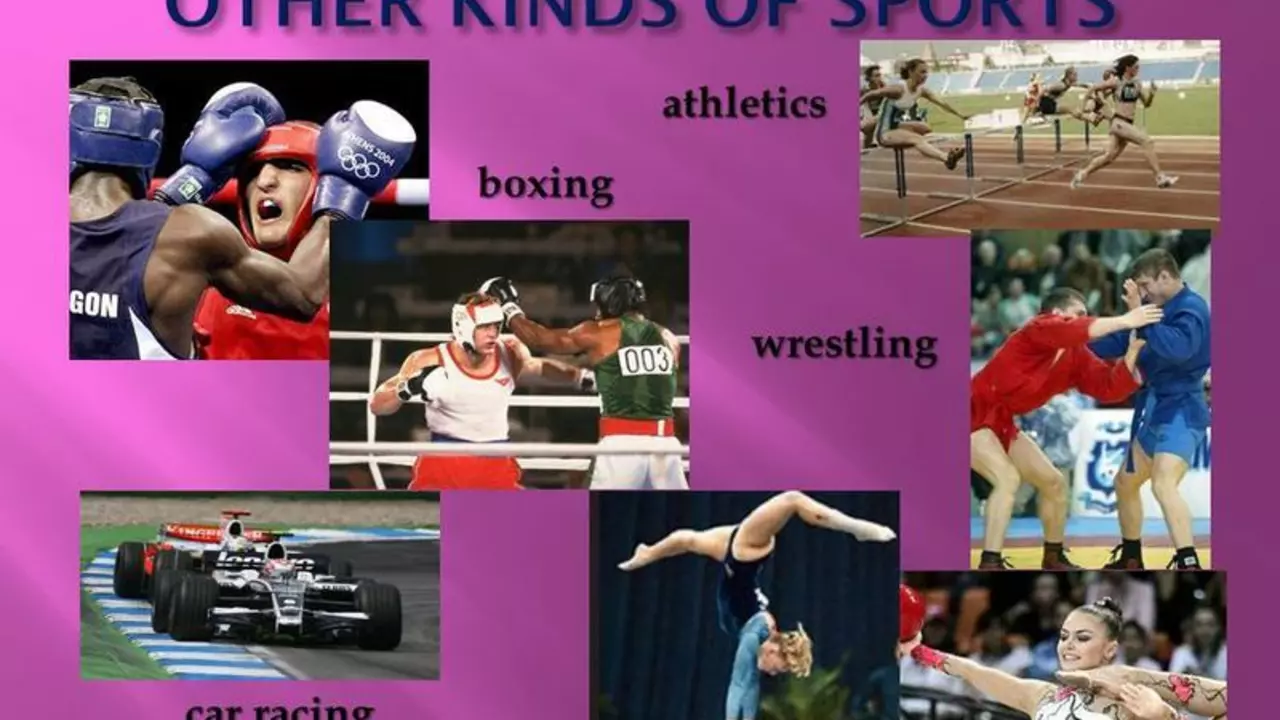Understanding Sports: A Practical Guide
When diving into understanding sports, the goal is to grasp how games, leagues, and athletes interact with fans and markets. Also known as sports insight, it helps anyone from casual viewers to aspiring analysts make sense of what they see on the field.
One major piece of the puzzle is the NFL, America's premier football league that blends strategy, spectacle, and massive fan involvement. The NFL sets the bar for how a sport can create year‑round buzz through fantasy leagues, halftime shows, and relentless media coverage. Understanding its structure gives clues about why certain teams dominate and how rule changes ripple through other leagues.
Another pillar is college football, the feeder system where young athletes compete for playoff spots and national titles. The playoff ranking system, run by a 13‑member committee, weighs win‑loss records, strength of schedule, and conference championships. Knowing how this committee thinks helps fans predict which teams will break into the top four and why.
Money talks, too. professional sports contracts, guaranteed deals that secure player salaries regardless of performance or injury, shape roster decisions across the MLB, NBA, NFL, and NHL. When a team signs a guaranteed contract, it signals confidence in the player and can affect salary caps, trade options, and long‑term planning.
Geography matters. sports geography, the study of where teams locate, how fan bases grow, and which cities lack professional franchises, reveals why states like California host 16 major league teams while places like Chongqing still chase a pro club. This spatial view explains market size, stadium economics, and local passion.
Beyond the big leagues, naming sports is a fun way to gauge cultural reach. From basketball and soccer to extreme pursuits like sky diving, each sport carries its own rule set and fan culture. Recognizing these differences helps you spot trends, such as the rise of extreme sports among younger audiences or the steady popularity of traditional team games.
Team performance analysis ties everything together. Whether you’re asking "Will the Kansas City Chiefs be good this year?" or "Are the 49ers still contenders after a key injury?", you’re weighing coaching strategies, player health, and depth charts. These factors intersect with contract security and league structures, showing how interconnected the sports ecosystem really is.
What You'll Find Below
The posts below cover real‑world examples of these ideas. You'll read about NFL spectacle, college playoff mechanics, how contracts protect athletes, which US states house the most teams, and why some huge cities still lack a franchise. Each article adds a piece to the bigger picture of understanding sports and equips you to talk the talk with confidence.
Ready to see those concepts in action? Scroll down to explore the collection and pick up practical insights you can use right away.

How do you define a sport?
Defining a sport is not as straightforward as some might think. In my view, a sport involves physical exertion, skill, and often, competition between participants. It's not just about the physical aspect, though, it's also about the mental strategy that goes with it. Importantly, it needs to be recognized by some official organization or body, and it usually involves a set of rules that participants must follow. It's a broad definition, sure, but it encompasses the many diverse activities we classify as sports.
Read More


